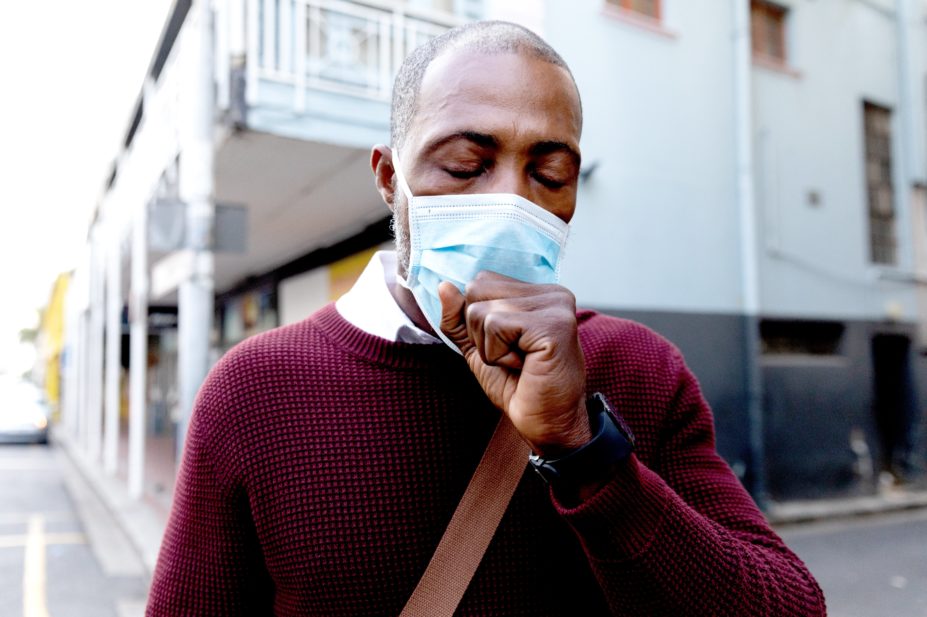
Shutterstock.com
Variations in cardiometabolic factors, vitamin D levels and socioeconomic or behavioural factors do not adequately explain why severe COVID-19 disproportionately affects black, Asian and minority ethnic (BAME) populations, according to research published in the Journal of Public Health (19 June 2020)[1]
.
Investigators from Queen Mary University of London studied 4,510 UK Biobank participants who had been tested for COVID-19 — 1,326 (29.4%) of whom tested positive. They used multivariate logistic regression models, including age, sex and ethnicity, to test whether the addition of cardiometabolic factors (such as diabetes, hypertension or high cholesterol), vitamin D levels, poor diet, deprivation, housing or behavioural factors attenuated sex or ethnicity associations with COVID-19 status.
It was found that BAME ethnicity, male sex, higher body mass index, greater material deprivation and household overcrowding were independent risk factors for COVID-19. However, augmented risk in BAME populations was non-uniform, disproportionately affecting people of black and Asian ethnicities.
The ethnicity differential pattern of COVID-19 was not adequately explained by variations in cardiometabolic factors, vitamin D levels, or socioeconomic or behavioural factors. This, the researchers said, suggests that alternative biological pathways or genetic susceptibilities may have importance in driving the higher rates of severe COVID-19 in BAME populations and should be investigated.
“More comprehensive assessment of the complex economic, social and behavioural differences is [also] warranted”, the authors added.
References
[1] Raisi-Estabragh Z, McCracken C, Bethell M, et al. J Pub Health June 2020;fdaa095. doi: 10.1093/pubmed/fdaa095


